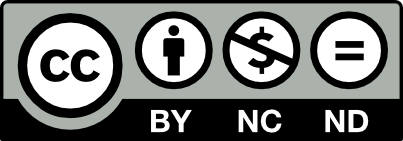This page is licensed under Creative Commons under Attribution 4.0 International. Anyone can share content from this page, with attribution and link to College MatchPoint requested.
5 Summer Planning Myths Every Parent Should Stop Believing
Every winter break, parents start scrolling. Summer programs, internships, “college-ready” camps—each one promising an edge. It’s a familiar ritual built on fear: that a slow summer means a lost opportunity. But much of what parents believe about summer and admissions is outdated. The truth is simpler and far less performative. The best summers build curiosity, independence, and direction, not panic.
Myth 1: Every week must be filled with structured activity.
Parents often treat open time as a problem to solve. But the students who stand out in college review are the ones who know how to slow down, reflect, and follow curiosity. Constant motion looks impressive on paper but rarely leads to insight. The most powerful growth often happens in the gaps—in reading, creating, or even resting.
Reality check: Colleges can see when a student is exhausted. A mix of focused activity and genuine rest shows balance and self-awareness, two qualities that carry much more weight than a packed schedule.
Myth 2: Prestige equals payoff.
It’s easy to believe that big names open big doors. Yet colleges know access is uneven, and they care more about what a student did than where they did it. A teen who designs an app in their bedroom, works at a café, or organizes a local event can show as much drive as someone who pays thousands for a high-profile camp.
Reality check: Purpose outshines prestige. Colleges reward initiative, not spending power. The most impressive students make something meaningful out of the opportunities they actually have.
Myth 3: The more expensive the program, the better the odds of getting in.
Parents sometimes assume that paying for selective or “elite” programs guarantees admissions impact. It doesn’t. Most universities separate admissions decisions from the summer programs run on their campuses. A paid spot in a university lab doesn’t signal special favor to the admissions office. In some cases, it simply shows that a family could afford it.
Reality check: Expensive doesn’t mean exclusive. The best indicator of readiness is what a student learns and how they build on it—not the cost of the experience. Admissions officers can tell when motivation is real and when it’s purchased.
Myth 4: Leadership only counts if it comes with a title.
Many parents equate leadership with rank. But the leadership colleges notice often looks smaller and steadier. It’s the student who mentors younger teammates, improves a club system, or quietly takes responsibility for a project’s success. Those patterns reveal the kind of maturity colleges trust.
Reality check: Leadership is impact, not title. A student who shows up, solves problems, and supports others demonstrates more character than any résumé padded with positions.
Myth 5: Summer exists to impress colleges.
When every activity is chosen for its admissions value, students lose the point of summer. The most memorable essays and interviews come from experiences that were chosen out of curiosity or care, not calculation. Working, volunteering, traveling, or even building something from scratch can teach resilience and empathy—traits that can’t be faked later.
Reality check: Admissions readers aren’t looking for perfection. They’re looking for direction. Summers that spark reflection and independence lead to better stories, stronger essays, and, most importantly, happier students.
The Real Summer Strategy
As winter break winds down, resist the temptation to plan your student’s summer like a résumé strategy session. The goal isn’t to collect experiences. It’s to deepen them. Encourage your student to ask what they want to learn, contribute, or create. Give them permission to rest, to think, and to begin again.
Because when the dust settles, the students who stand out aren’t the ones who looked the busiest. They’re the ones who lived the most.


